How to Handle Pet Shedding
Owning a pet brings boundless joy—unconditional love, companionship, and the comforting warmth of fur snuggled against your skin. However, one of the less charming aspects of pet ownership, especially for those with fluffy companions, is shedding. Whether you have a cat, dog, or any other furry friend, managing pet hair can feel like an uphill battle. This article will delve into effective strategies for how to handle pet shedding, tools for pet shedding, and tips to minimize the furry fallout in your home.https://truepetslove.com/product/oneisall-dog-grooming-kit/
Understanding Pet Shedding
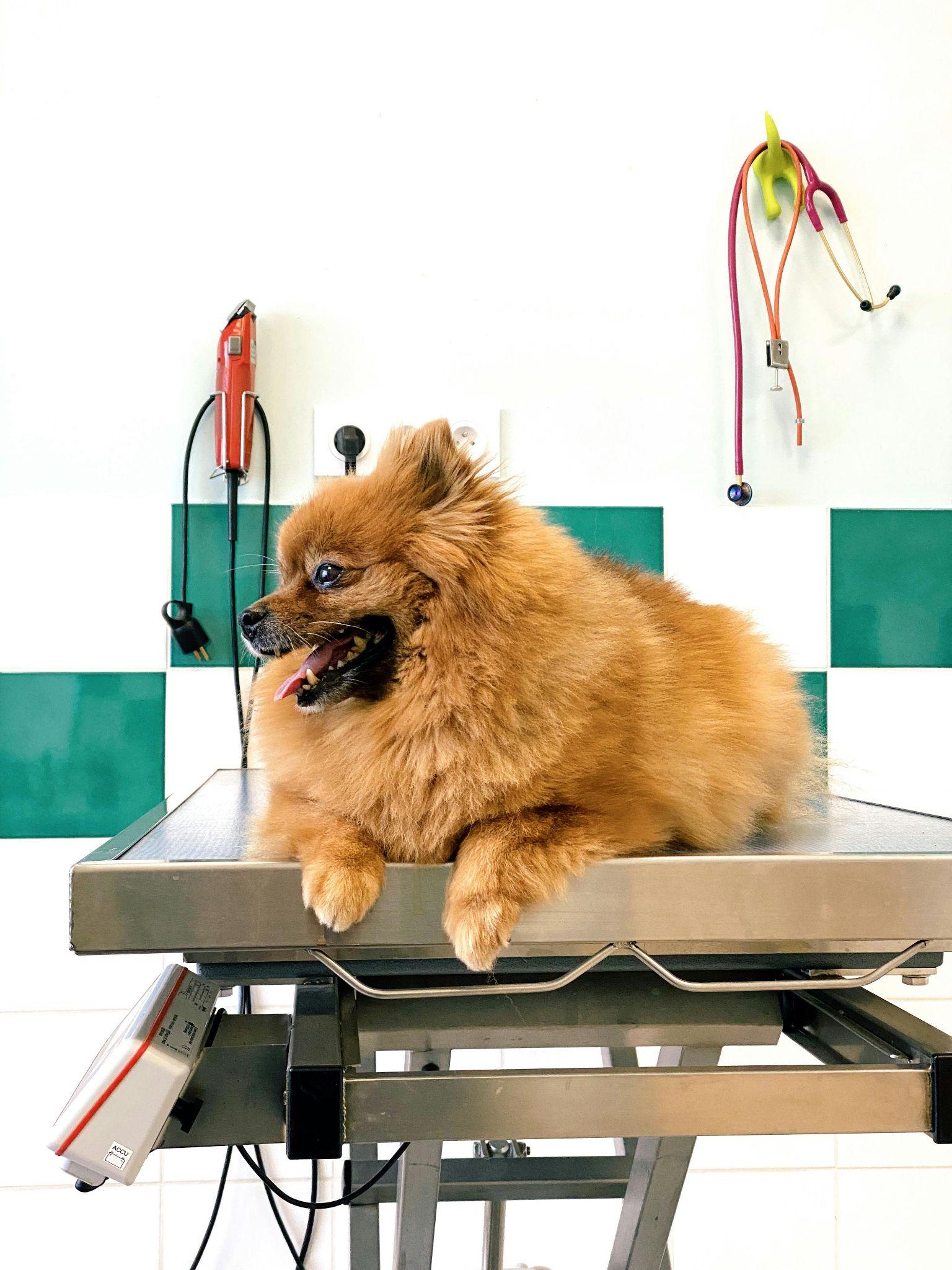
Why Do Pets Shed?
Shedding is a natural process for pets, enabling them to get rid of old or damaged fur while making way for new growth. Several factors influence the amount of shedding your pet may experience, including:
- Seasonal Changes: Many pets shed more during spring and fall to adjust to temperature shifts.
- Breed Characteristics: Certain breeds are notorious for heavy shedding, such as Labrador Retrievers and Huskies.
- Health Issues: Excessive shedding can indicate underlying health concerns, like skin allergies or hormonal imbalances.
The Different Types of Shedding
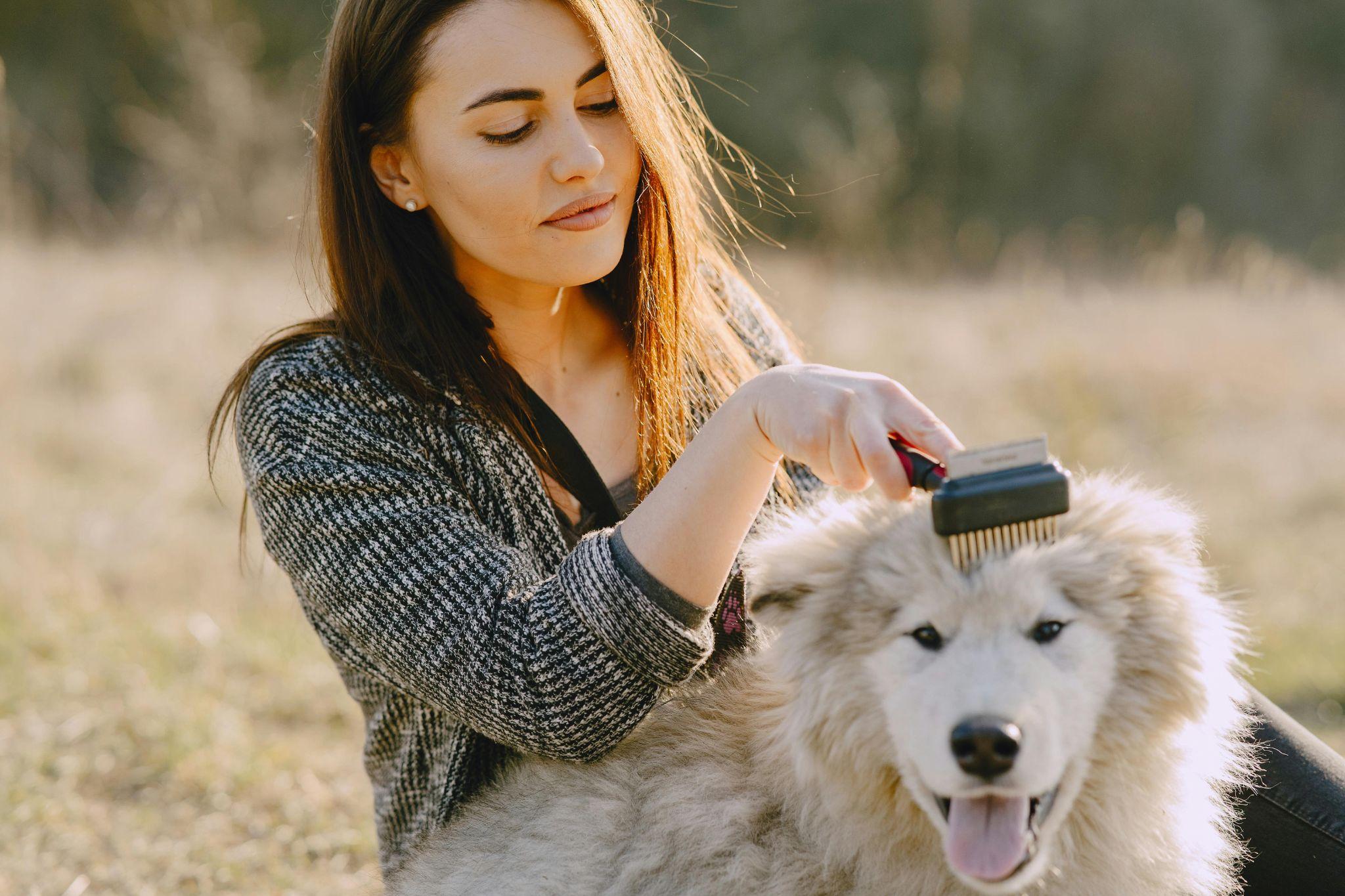
Understanding the different types of shedding can help you manage the hair better:
- Normal Shedding: A routine process where pets lose old fur.
- Seasonal Shedding: Increased shedding during specific times of the year.
- Excessive Shedding: This may signal a health concern and should prompt a visit to the veterinarian.
How to Handle Pet Shedding
Regular Grooming Routines
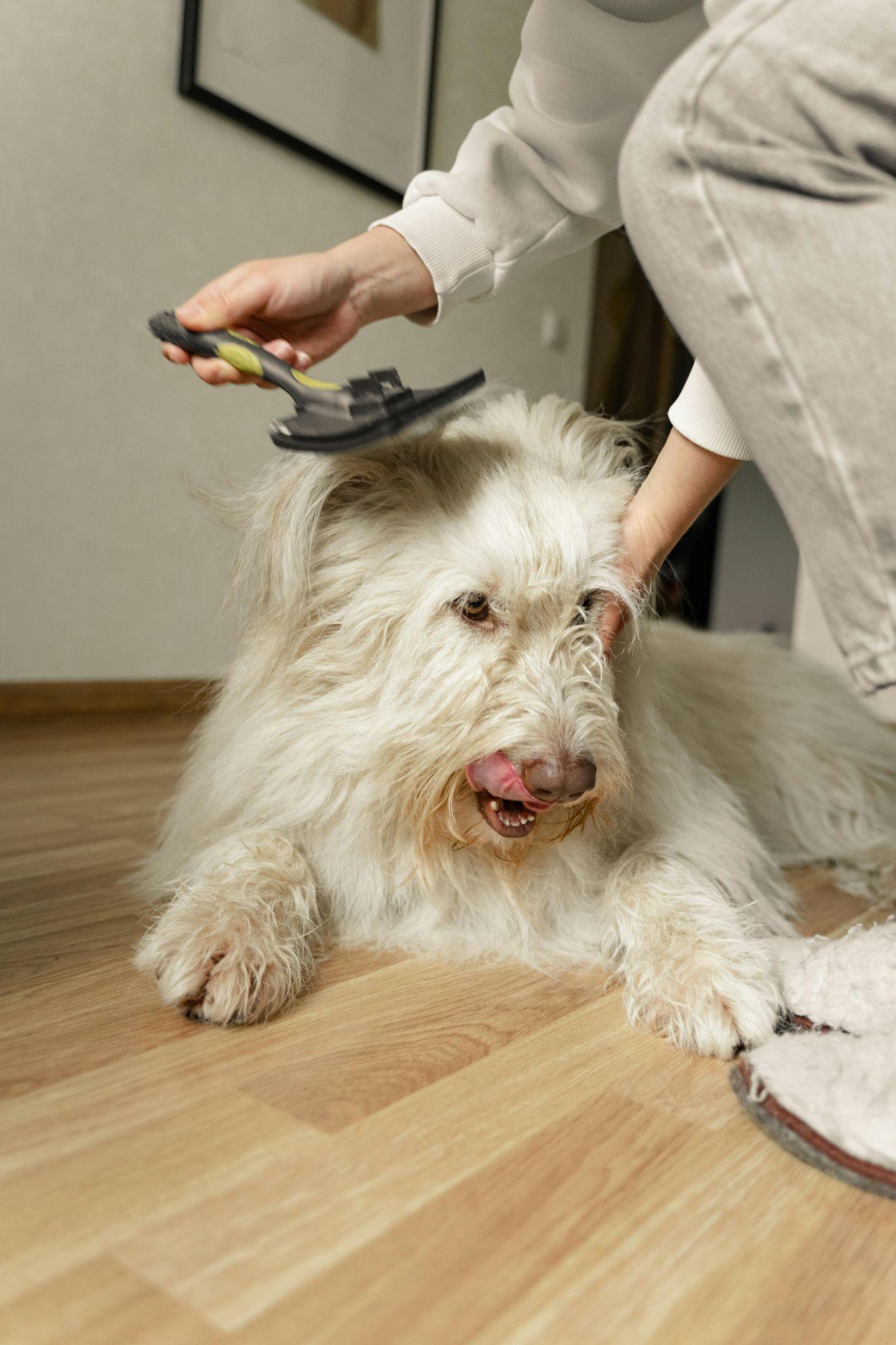
One of the best methods for managing pet shedding is through regular grooming. Here are some effective strategies:
1. Brushing Techniques
- Frequency: Aim to brush your pet at least once a week. Long-haired breeds may benefit from daily brushing.
- Type of Brush: Choose the right brush for your pet’s coat type:
- Slicker Brushes: Ideal for removing loose hair from long-haired breeds.
- Bristle Brushes: Suitable for short-haired pets.
- Undercoat Rakes: Effective for double-coated breeds.
2. Bathing Your Pet
Bathing can help remove loose fur and dander. Here’s how to do it properly:
- Choose the Right Shampoo: Use a gentle, pet-safe shampoo that won’t irritate your pet’s skin.
- Frequency: Avoid bathing too often, as it can strip the coat of natural oils. A bath every 4-6 weeks is usually sufficient.
- Drying Techniques: Use a pet-friendly blow dryer on a low setting or let your pet air dry, depending on their comfort. https://truepetslove.com/special-diets-for-pets-with-allergies-or-sensitivities/
The Handling Pet Shedding with Proper Nutrition
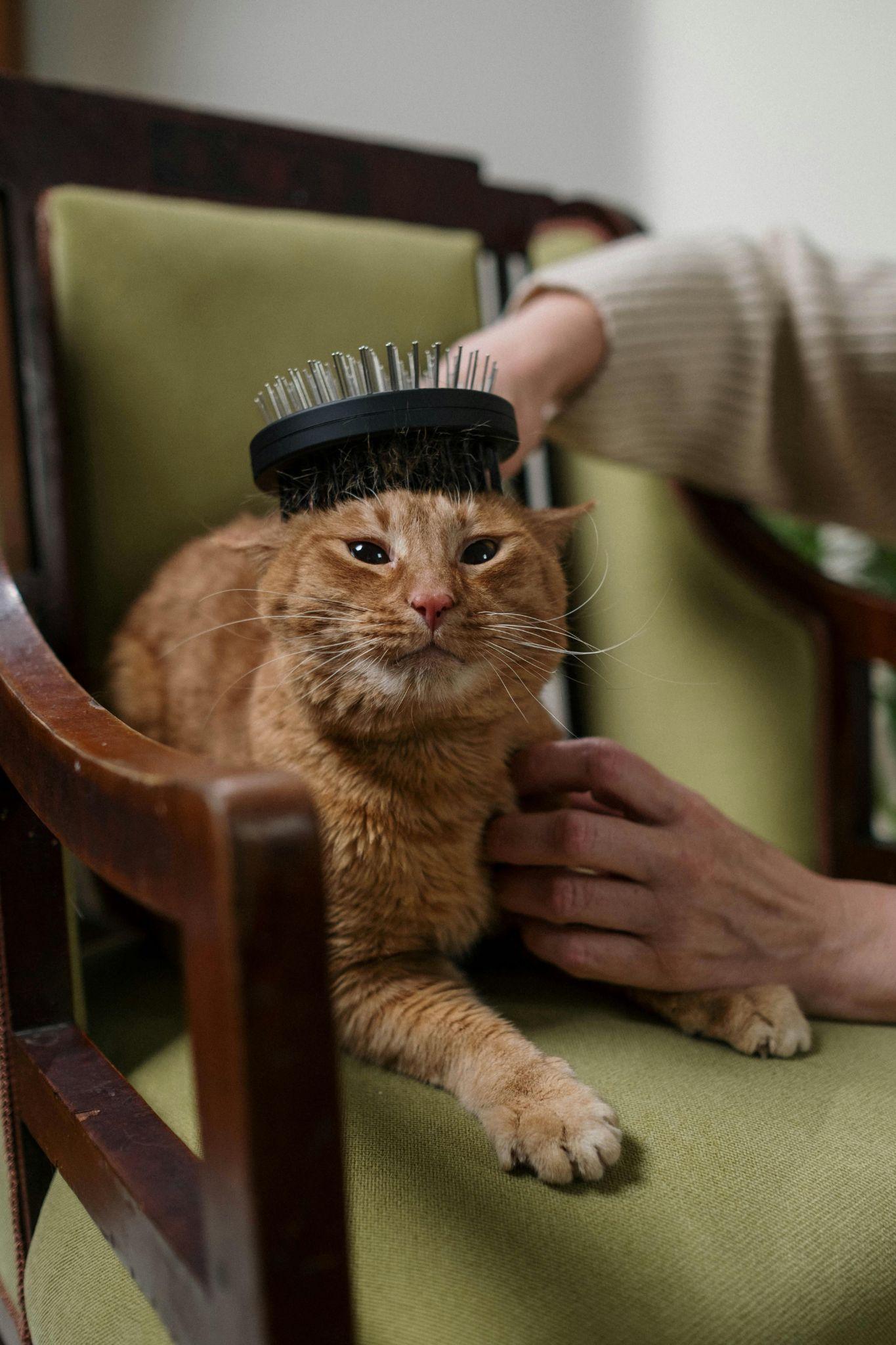
A balanced diet contributes significantly to a healthy coat. Consider the following:
1. High-Quality Pet Food
Invest in high-quality pet food rich in omega-3 and omega-6 fatty acids. These nutrients promote healthy skin and a shiny coat.
2. Supplements
If your pet is prone to shedding, consult your veterinarian about adding supplements like fish oil to their diet.
Keeping Your Home Clean
Managing pet hair also involves maintaining a tidy living space. Here are some strategies:
1. Regular Cleaning Schedule
- Vacuuming: Use a vacuum cleaner designed for pet hair. Aim to vacuum high-traffic areas and furniture at least once a week.
- Mopping: For hard floors, mopping can effectively remove pet hair that clings to surfaces.
2. Furniture Covers
Consider using furniture covers that can be easily removed and washed. This can save time on cleaning and protect your furniture from pet hair.
Tools for Pet Shedding
Investing in the right tools can significantly ease your struggle with pet hair:
1. Deshedding Tools

- Furminator: A popular choice among pet owners, this tool effectively removes loose fur without damaging the coat.
- Pet Hair Remover Brushes: These brushes work well for quick clean-ups on furniture and clothing.
2. Lint Rollers
A lint roller is a quick and easy tool for removing pet hair from clothing and upholstery.
3. Air Purifiers
Installing air purifiers with HEPA filters can help capture pet dander and hair, improving indoor air quality.
Dealing with Excessive Shedding
If you notice that your pet is shedding excessively, it’s essential to take action. Here are some steps to consider: https://truepetslove.com/
Recognizing Signs of Health Issues
- Skin Irritation: Look for signs of redness, itching, or excessive licking.
- Patchy Fur: If you see bald spots or thinning fur, consult your veterinarian.
- Changes in Behavior: A sudden change in grooming habits can be a red flag.
Veterinary Consultation
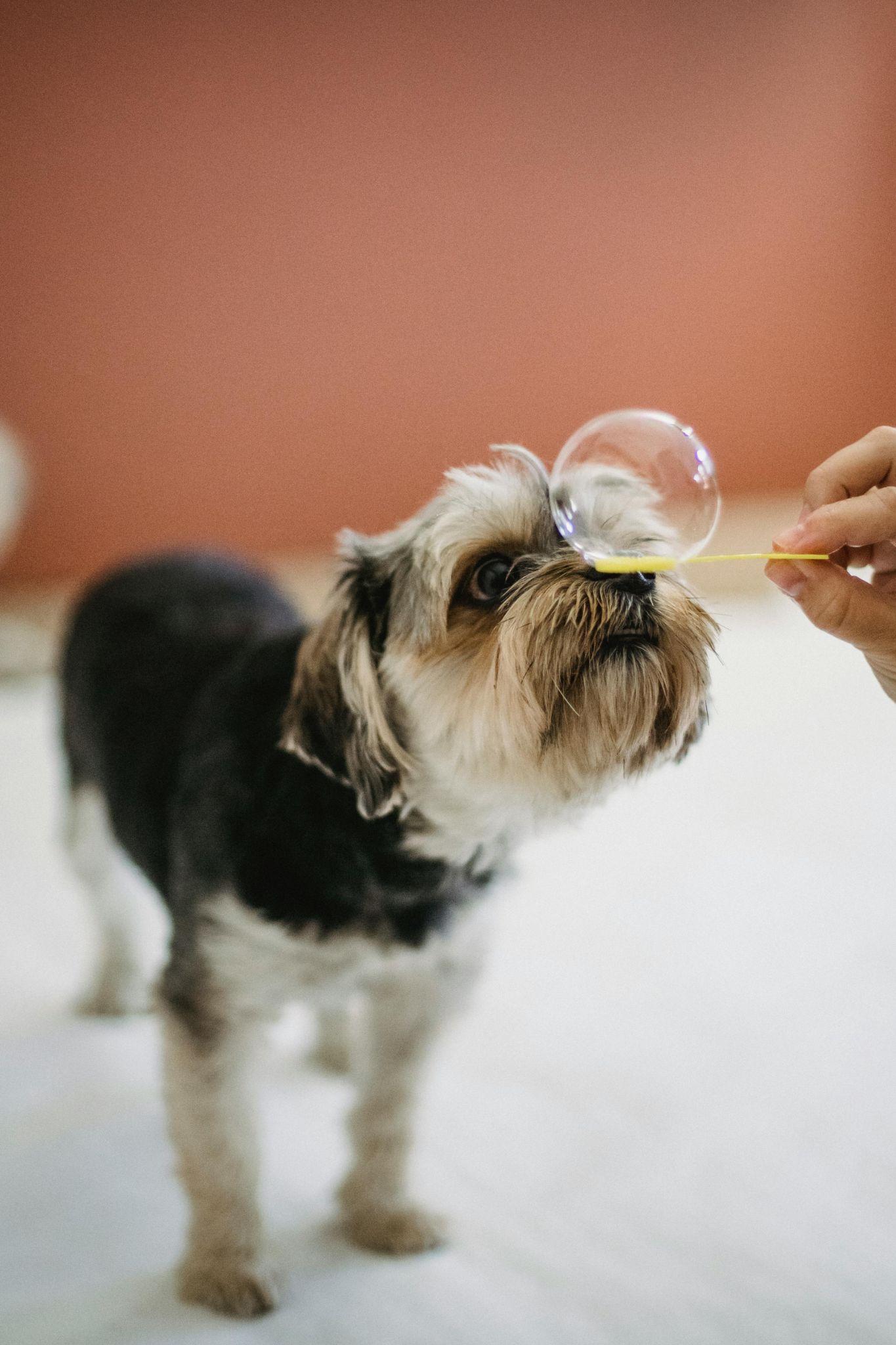
If you suspect health issues are contributing to excessive shedding, consult your vet without delay. They may recommend:
- Skin Scrapes: To check for allergies or parasites.
- Blood Tests: To rule out hormonal or metabolic disorders.
Handling pet shedding is a challenge every pet owner faces, but with the right strategies, it can be managed effectively. By understanding the reasons behind shedding, implementing a regular grooming routine, maintaining a clean home, and using the right tools for pet shedding, you can minimize the impact of pet hair in your life. Remember, a healthy pet is a happy pet, so keeping an eye on their coat and overall well-being is essential. Embrace the furry moments while taking proactive steps to manage pet hair effectively—your home and your beloved pet will thank you!
